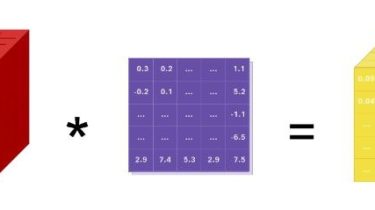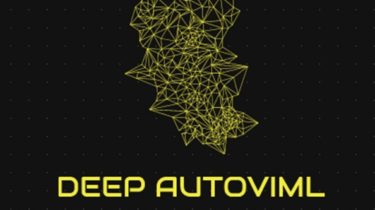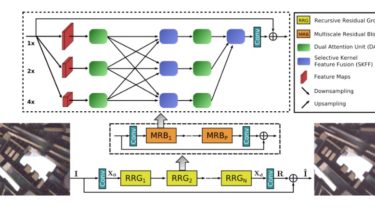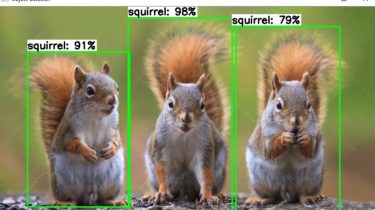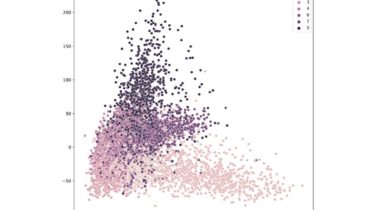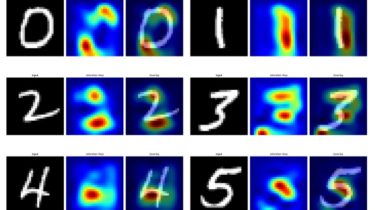Tensors and Dynamic neural networks in Python with strong GPU acceleration
PyTorch is a Python package that provides two high-level features: Tensor computation (like NumPy) with strong GPU acceleration Deep neural networks built on a tape-based autograd system You can reuse your favorite Python packages such as NumPy, SciPy, and Cython to extend PyTorch when needed. See also the ci.pytorch.org HUD. More About PyTorch At a granular level, PyTorch is a library that consists of the following components: Component Description torch a Tensor library like NumPy, with strong GPU support torch.autograd […]
Read more